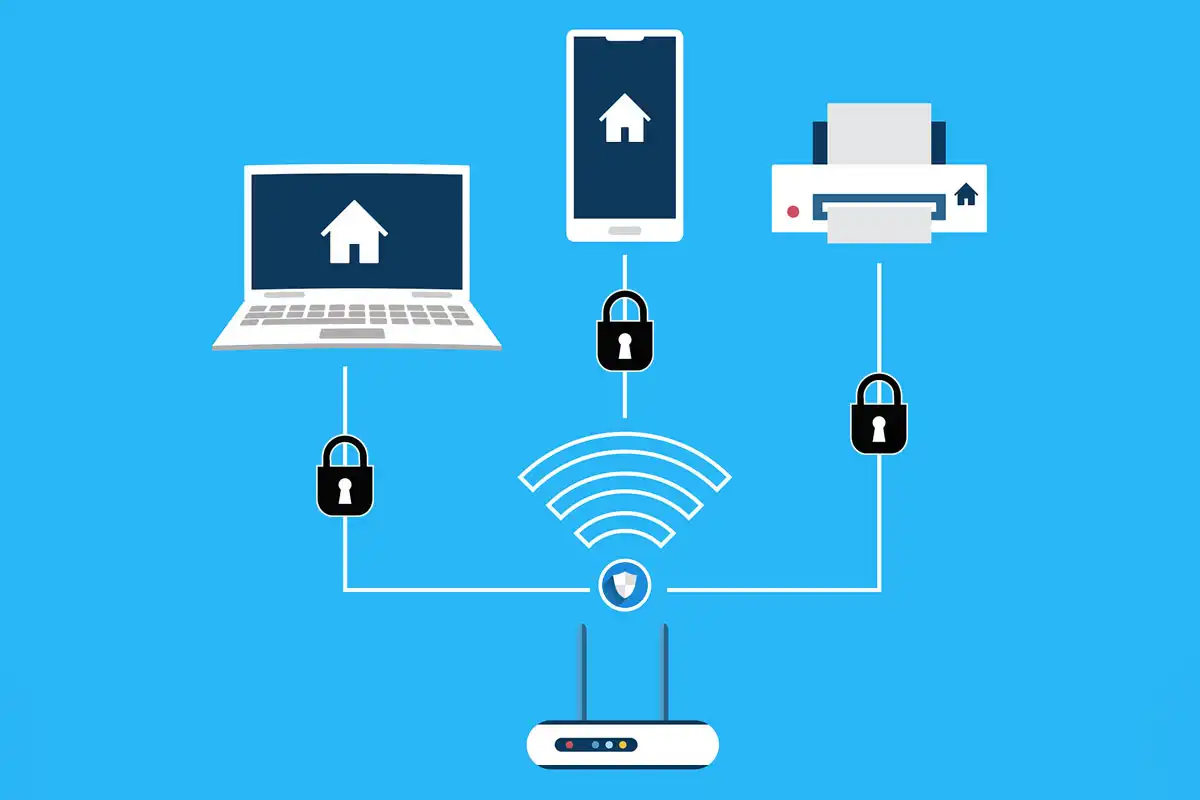Setting up a network may seem straightforward, but it’s easy to make costly mistakes if you’re not careful. Whether you’re installing network lines for a home office or a large business, avoiding common errors can save you from headaches and performance issues down the road. Partnering with a structured cabling services company can help ensure proper installation and prevent connectivity issues. From using the wrong cables to ignoring proper planning, small missteps can lead to major problems. Let’s go through the most frequent mistakes and how to avoid them.
Skipping the Planning Phase
Before running cables and setting up equipment, it’s crucial to plan everything properly. Many people dive into installation without considering network traffic, future scalability, or interference issues. A well-thought-out plan includes mapping out cable routes, determining bandwidth needs, and factoring in future growth. Skipping this step can lead to unnecessary rework and added costs later.
Selecting Inappropriate Cables
Not all network cables are the same, yet many people pick cables without understanding their specifications. For example, using Cat5 cables instead of Cat6 can impact data speed and signal integrity. Similarly, if you’re running cables through areas with high electromagnetic interference, failing to use shielded cables can cause connection issues. Always select cables based on your specific network needs.
Ignoring Cable Management
Messy wiring can turn a simple networking job into a troubleshooting nightmare. Loose, tangled, or unorganized cables make it harder to identify problems and perform maintenance. Using cable trays, zip ties, and labels can keep everything neat and accessible. Proper cable management isn’t just about looks—it’s about efficiency and long-term reliability.
Overlooking Cable Length Limitations
Ethernet cables have length limitations that impact performance. Running cables beyond 100 meters without using a repeater or switch can result in signal loss and slow speeds. If you need to extend beyond this limit, consider adding network hardware to maintain optimal performance. Keeping cable runs within recommended lengths ensures better connectivity and stability.
Placing Cables Near Electrical Lines
One of the most overlooked mistakes is running network cables too close to power lines. Electrical interference can disrupt signals and cause connectivity issues. To prevent this, network cables should be routed at least a few inches away from power lines. If crossing is unavoidable, cables should be perpendicular to minimize interference.
Failing to Test Connections
Many installers assume their setup works without testing it properly. Skipping connection tests can lead to frustrating issues later when devices fail to connect or experience slow speeds. Testing should include checking signal strength, verifying connections, and ensuring each cable is functioning correctly. A simple network tester can save time and prevent major troubleshooting efforts later.
Not Using the Right Network Hardware
Routers, switches, and access points play a crucial role in maintaining a strong and stable network. Using outdated or underpowered hardware can bottleneck performance. If your network needs high-speed data transfers, investing in quality networking equipment is a must. Make sure your hardware is compatible with your network’s expected load to avoid congestion and performance drops.
Poorly Securing Network Lines
Leaving network cables exposed can lead to physical damage and security vulnerabilities. Unsecured cables can be accidentally unplugged, chewed by pests, or even tampered with. Running cables through conduits or securing them to walls can protect them from damage. Additionally, placing network equipment in locked cabinets adds an extra layer of security.
Forgetting About Future Expansion
Your network should be designed with future growth in mind. Many installers focus only on immediate needs, which can cause problems when adding new devices later. Running extra cables, choosing scalable hardware, and planning for upgrades can save time and effort in the long run. A little foresight can make expanding your network much easier.
Conclusion
Avoiding these common mistakes can make a big difference in the reliability and performance of your network. Proper planning, choosing the right cables, managing wiring efficiently, and testing connections are all key steps in ensuring a successful installation. Whether you’re setting up a small office network or a large-scale infrastructure, paying attention to these details will save you from unnecessary troubleshooting and frustration.
